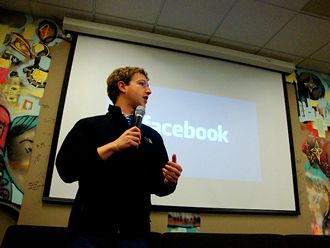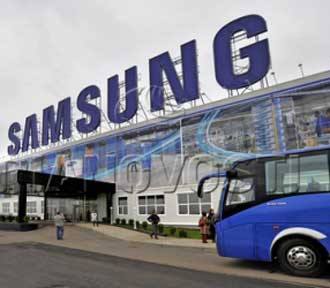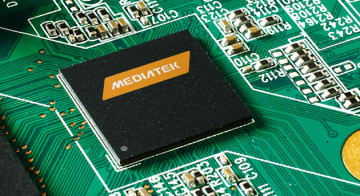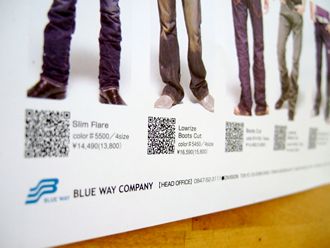 Intel has decided to merge its PC and mobile processor divisions under one roof, claiming that the line between tablets and laptops has blurred.
Intel has decided to merge its PC and mobile processor divisions under one roof, claiming that the line between tablets and laptops has blurred.
Starting from next year, Intel will form a division called the Client Computing Group, which will include the teams that develop its Core processors for desktops and laptops, as well as those that develop its Atom chips for smartphones and tablets.
According to an internal email from CEO Brian Krzanich, the changes are supposed to improve lines of communication between product teams and help Intel better reach manufacturers that use its products.
Krzanich said that the market was evolving and Intel must change faster to stay ahead.
He claimed that the days when Intel served the PC market with its Core processors and the smartphone and tablet markets with its low-power Atom chips, were gone. The emergence of hybrid computers, which can switch between a laptop and a tablet, has done much to blur the boundary, he reckons
Intel’s Core M processors, for instance, are used in traditional laptops but also in hybrid computers and tablets. The current structure of the company no longer matches where the market is headed, he said.
Kirk Skaugen, who leads what is called the PC Client Group, will run the Client Computing Group when it’s formed.
The Mobile and Communications Groupwill be broken up. The teams that develop mobile processors will join the new client group, while the remainder, which builds modems, will be part of a new wireless R&D group.
Herman Eul, who leads the mobile group today, will oversee the move to the new structure until at least the end of the first quarter, with a new role for him to be announced after that.
The Mobile and Communications Group reported an operating loss of more than US$1 billion in the third quarter, in part because it has been making payments to tablet makers to encourage them to use its chips. Because of those and other efforts, Intel has said it aims to get its processors into 40 million new tablets this year.



















